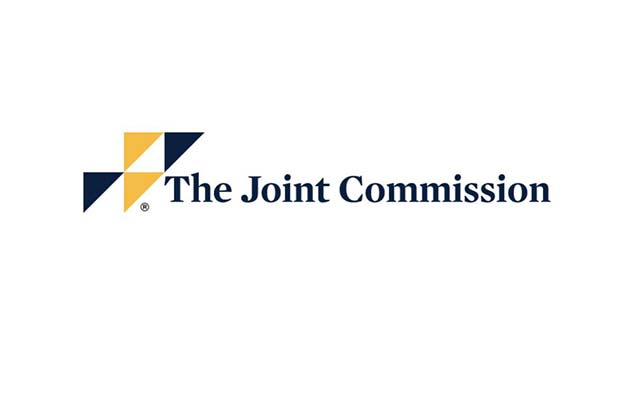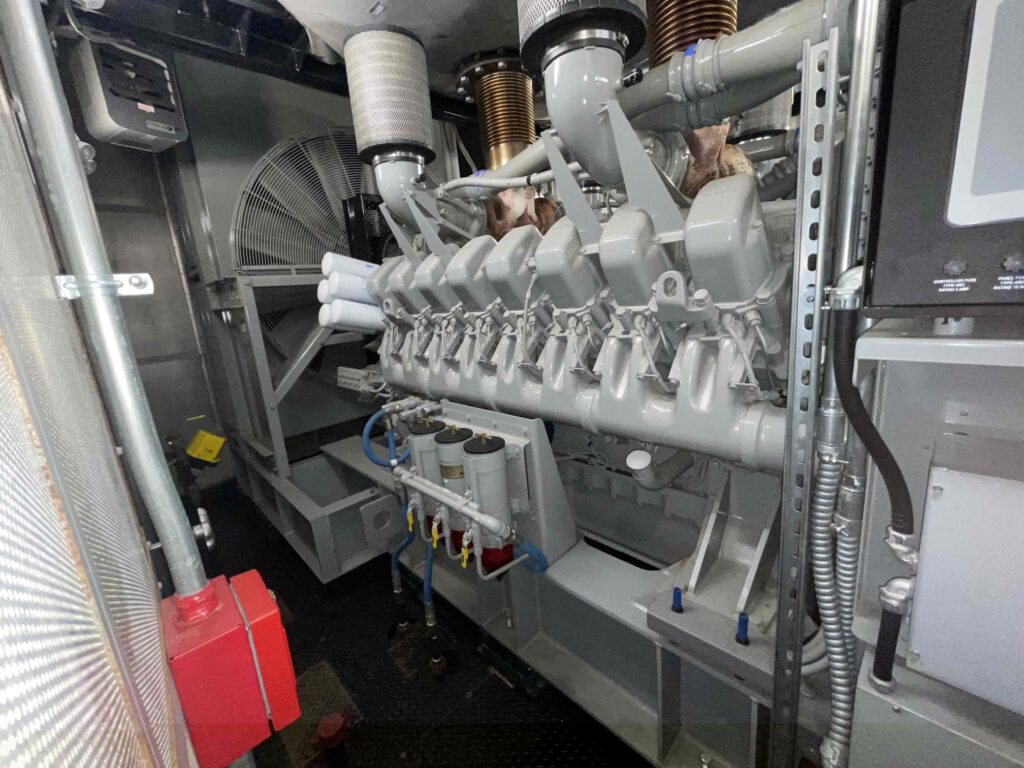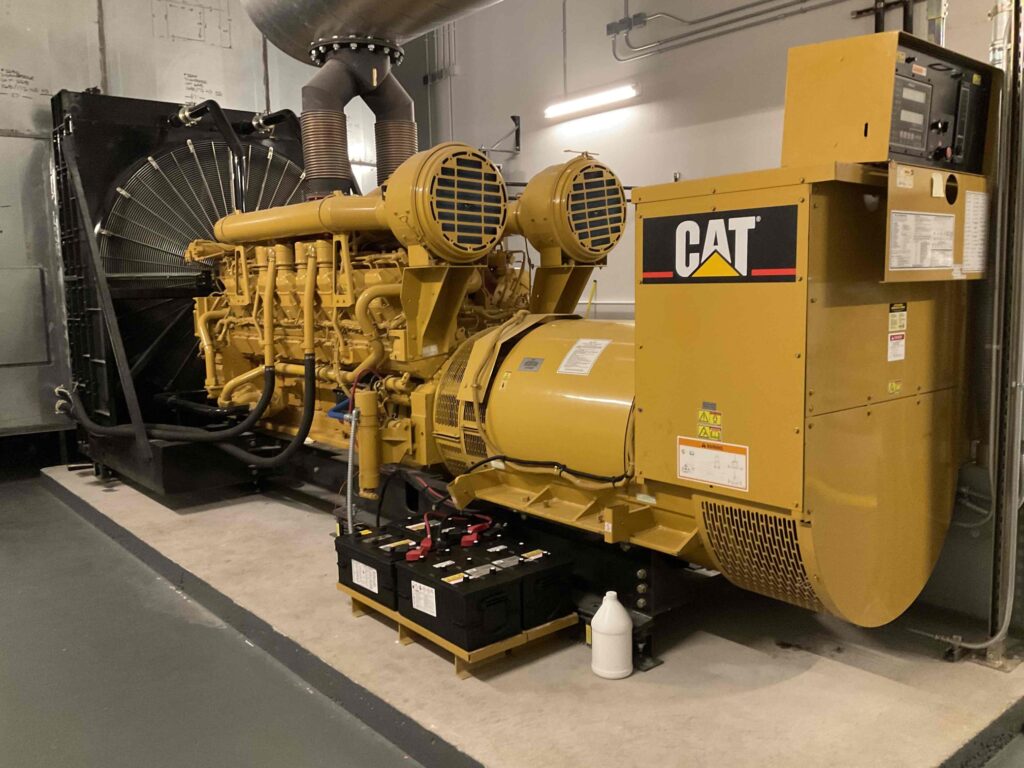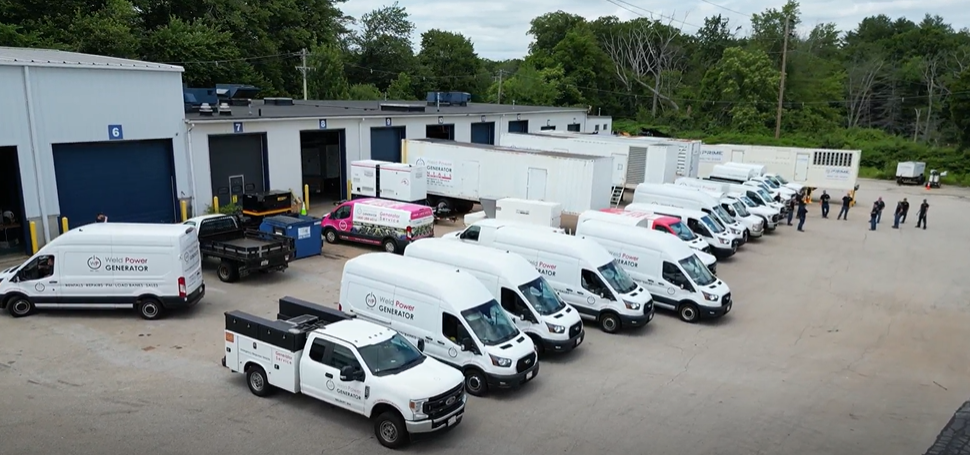JCAHO Compliance: 4 Key Generator Regulations for Healthcare Facilities

Reliable backup power is not just a convenience but a necessity in healthcare facilities. Power failures can jeopardize patient safety, disrupt critical medical procedures, and lead to significant operational challenges. To ensure hospitals and medical facilities maintain high standards of patient care and safety, The Joint Commission on Accreditation of Healthcare Organizations (JCAHO), commonly referred to as The Joint Commission, enforces strict regulations regarding emergency power systems.
Healthcare organizations must adhere to these standards to maintain accreditation and ensure their emergency power systems operate efficiently during outages. JCAHO’s regulations align with industry standards set by the National Fire Protection Association (NFPA), particularly NFPA 99 (Health Care Facilities Code) and NFPA 110 (Standard for Emergency and Standby Power Systems). These standards provide comprehensive guidelines on generator operation, maintenance, and testing to ensure compliance and reliability.
Table of Contents
Key Generator Regulations from JCAHO
1. Generator Testing and Maintenance Requirements
The Joint Commission mandates routine generator testing and maintenance to confirm reliability in emergencies. Healthcare facilities must follow these essential testing procedures:
- Monthly Testing: Emergency generators must undergo a test run at least once a month for 30 minutes under load conditions. The generator must reach at least 30% of its nameplate rating or a load that allows the engine to reach and maintain proper operating temperatures. This is commonly completed through a building load test.
- Annual Load Bank Testing: If a generator does not reach 30% of its nameplate rating during the monthly exercise, an annual load bank test must be performed. This test ensures that the generator is capable of handling the required load and functioning properly.
- Triennial Full Load Testing: Every 36 months, non-parallel emergency generators that supply essential electrical systems must undergo a four-hour full-load test. This evaluation assesses the generator’s performance under sustained conditions to ensure long-term reliability.
- Fuel Testing and Management: Diesel fuel used in generators must be regularly tested for contamination, water content, and degradation. Poor fuel quality can result in generator failure during a power outage, making fuel testing and conditioning a critical component of compliance.

2. Transfer Switch Testing
A generator’s automatic transfer switch (ATS) plays a crucial role in ensuring a seamless transition to backup power. JCAHO requires:
- Monthly Testing: ATS systems must be exercised monthly to verify their ability to switch to generator power during an outage.
- Under-Load Testing: Transfer switches should be tested under load conditions to confirm proper functioning and prevent failure when needed most.

3. Documentation and Record-Keeping
Comprehensive documentation is a fundamental requirement for JCAHO’s compliance inspections. Healthcare facilities must maintain accurate records of all generator tests, maintenance activities, and corrective actions taken. These records must be readily available during inspections and should include:
- Test logs with dates and results
- Maintenance and service records
- Load bank testing reports
- Fuel quality test results
Proper documentation not only demonstrates compliance but also helps facilities track generator performance trends and identify potential issues before they become critical failures. One way to assist with record keeping is to install a remote monitor.

4. Compliance with Life Safety Code (LSC)
JCAHO enforces compliance with NFPA 101 (Life Safety Code), which ensures that emergency power is available for critical systems such as:
- Egress Lighting: Emergency lighting must be powered by the generator to ensure safe evacuation routes during an outage.
- Fire Alarm Systems: Fire detection and alarm systems must remain operational at all times, requiring reliable backup power.
- Medical Equipment: Essential life-supporting and diagnostic equipment must have an uninterrupted power supply during outages.

The Importance of Compliance
Failure to comply with The Joint Commission’s generator regulations can result in severe consequences, including citations, fines, loss of accreditation, and, most importantly, risks to patient safety. Hospitals and healthcare facilities must proactively maintain their emergency power systems to ensure they are prepared for any power disruption. Compliance not only protects patients and staff but also ensures continued accreditation, which is essential for receiving federal funding and maintaining operational credibility.

How Weld Power Generator Can Help
At Weld Power Generator, we specialize in providing comprehensive generator maintenance, testing, and repairs tailored to healthcare facilities. Our experienced team understands the complexities of JCAHO’s requirements and can help ensure your facility remains compliant.
Our services include:
- Routine preventative maintenance to keep your generator in peak condition
- Load bank testing to verify system reliability
- Fuel sampling and conditioning to prevent contamination-related failures
- ATS inspections and testing to ensure seamless power transitions
- Detailed documentation assistance for compliance inspections
Ensuring your emergency power system meets JCAHO’s stringent requirements is crucial for patient safety and operational efficiency. Contact us today to schedule a compliance review or maintenance service for your healthcare facility’s generator system. Let Weld Power Generator help you stay prepared for the unexpected.
